What Is a Tarantula
Tarantulas are large, hairy spiders belonging to the Theraphosidae family. These arachnids are found in various regions around the world, primarily in tropical and subtropical areas. Known for their impressive size and often intimidating appearance, tarantulas have gained a unique place in both the natural world and human culture. While many people may associate them with fear or phobias, tarantulas are also consumed as food in certain cultures. Their consumption provides a unique culinary experience and a source of nutrition. These spiders are an interesting example of how diverse the human diet can be, especially when considering the availability of resources in different environments.
Tarantula Species Commonly Eaten
Not all tarantula species are consumed; the practice is often dependent on the local availability and cultural preferences. In Cambodia, the popular species is the Thai zebra tarantula (Haplopelma albostriatum), known for its relatively large size and abundance in the region. These are often sourced from the wild or, increasingly, from farms. In Venezuela, the Goliath birdeater (Theraphosa blondi), one of the largest spider species in the world, is sometimes eaten, though less frequently due to its size and the effort required to prepare it. Other species may also be consumed in areas where tarantulas are a traditional food source, highlighting the importance of biodiversity in diets.
Tarantula Preparation Methods
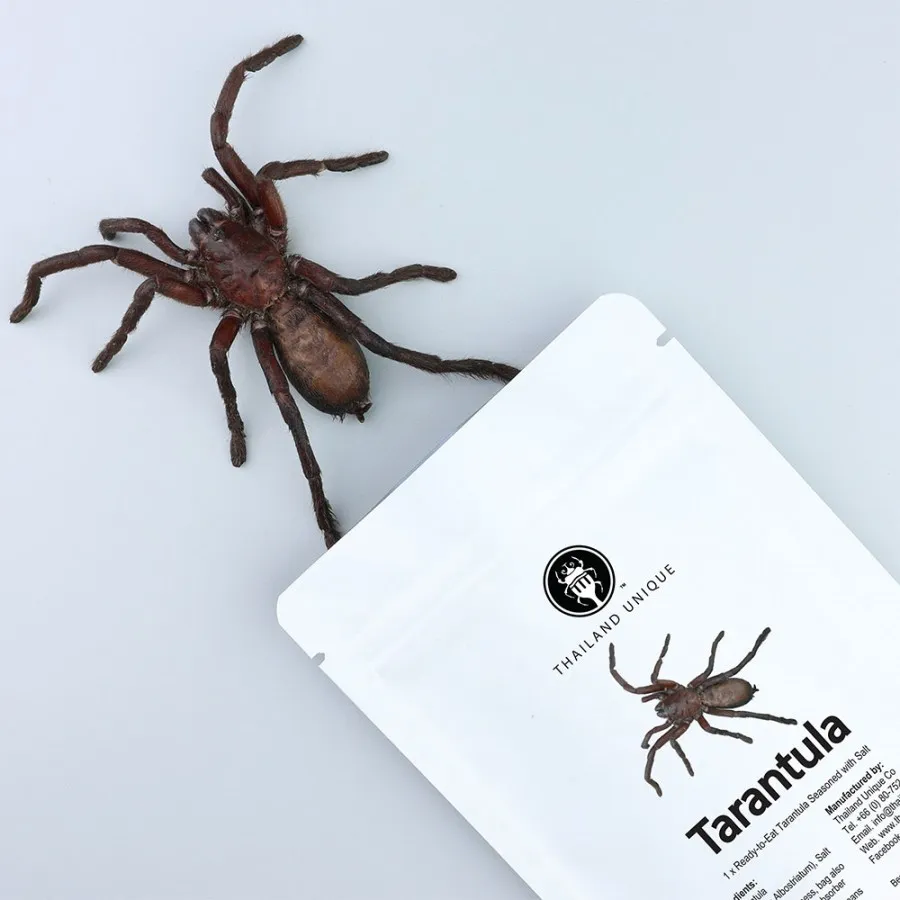
Preparing tarantulas for consumption involves various methods, with the goal of making them safe and palatable. The process usually includes removing the fangs, which can be a dangerous part of the spider. The abdomen, which contains most of the internal organs, is often discarded or cleaned thoroughly before cooking. The legs and the body are typically the primary parts eaten, as they offer the most meat. Cooking methods vary depending on the culture, but the goal is almost always to make the tarantula crisp and flavorful, changing the texture and taste from their raw state. The preparation method also greatly influences the final taste profile.
Roasting
Roasting tarantulas is a common method that involves cooking the spiders in an oven or over an open fire. This method can provide a smoky flavor and a crispy texture, with the heat drying out the exterior of the spider and making it more appealing to eat. Before roasting, the tarantulas are often seasoned with spices, herbs, or marinades to enhance the taste. The roasting process can take varying times depending on the size of the spider and the desired level of crispiness. This technique is popular in regions where access to more complex cooking equipment is limited.
Frying
Frying tarantulas is another widely used method, especially in Southeast Asia. The spiders are often deep-fried in hot oil, which quickly cooks the outside, creating a crispy shell, while the inside remains somewhat soft. Before frying, tarantulas are usually seasoned with salt, pepper, garlic, or other local spices. This cooking method is known for imparting a savory flavor and a satisfying crunch. Frying can also involve dipping the tarantulas in batter before cooking, creating a more substantial and flavorful crust. The quick cooking time and the readily available equipment make frying a practical option.
Grilling
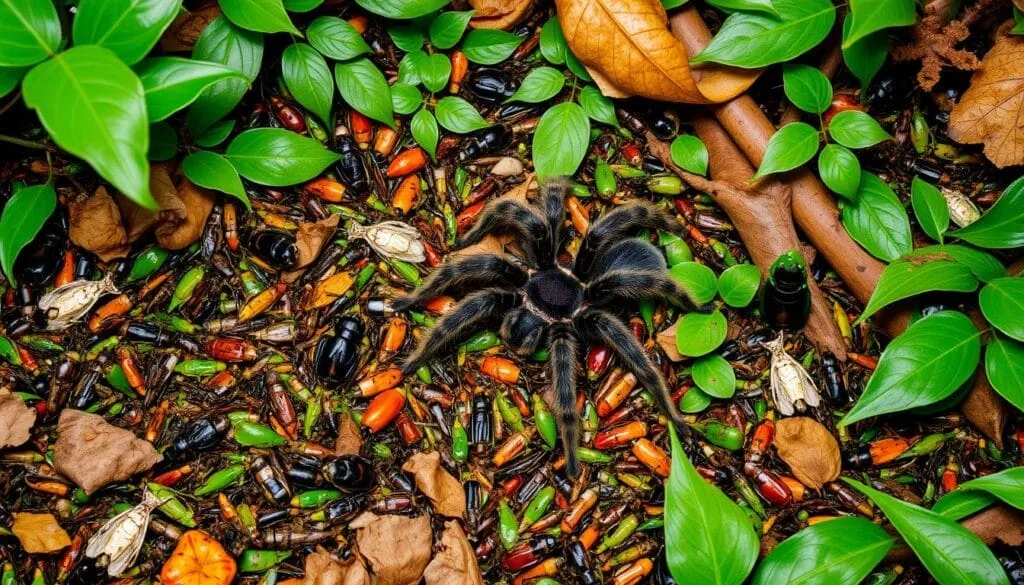
Grilling tarantulas over an open flame offers a distinct, smoky flavor. The spiders are placed on a grill, directly over the heat source, or sometimes wrapped in leaves or foil to prevent them from burning quickly. Grilling can provide a char and a smoky taste that is highly valued in some cultures. The process often involves constant monitoring to ensure the tarantulas cook evenly without becoming overly dry or burnt. Like other methods, seasoning with herbs, spices, and marinades plays a vital role in enhancing the taste and enjoyment of the dish.
Flavor Profile of Tarantula
The flavor of a tarantula is often described as a combination of textures and tastes, which are heavily influenced by the preparation method. The taste can vary from slightly nutty or earthy to a more robust, savory flavor. The cooking process also impacts the final taste, with methods like roasting or grilling often enhancing the natural flavors of the spider, while frying adds a layer of oiliness and crispiness that influences the overall taste experience. When tarantulas are seasoned and prepared well, the taste can be quite complex and appealing to the palate, similar to some other types of edible insects.
Texture and Mouthfeel
The texture of cooked tarantula is an important aspect of its appeal. The body is typically described as having a soft, almost creamy texture, while the legs and exoskeleton are crunchy. The mouthfeel can be an interesting combination of textures, where the exterior offers a satisfying crunch while the inside remains tender. This combination of textures can make the experience more exciting. The preparation method can significantly alter the texture. For example, deep-frying can make the entire spider extremely crunchy, while roasting can result in a drier texture, affecting the overall eating experience.
Taste Comparisons
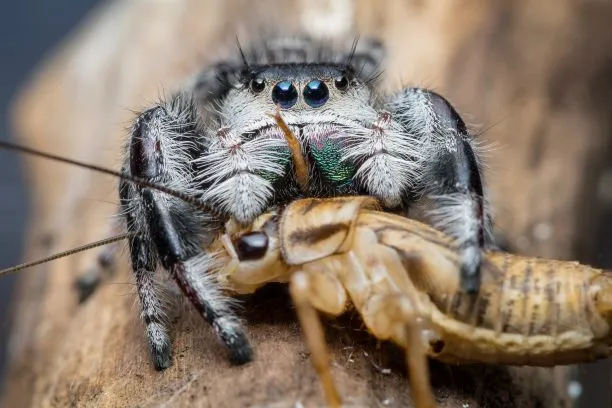
Many people compare the taste of tarantula to a mix of seafood and poultry flavors. Some describe the body as having a taste reminiscent of crab or shrimp, while the legs can resemble chicken. Others compare it to the taste of popcorn, particularly the body, which sometimes resembles the texture and taste of the kernels. The flavor is often described as having earthy undertones, and the specific spices used for seasoning can further impact the overall flavor, making comparisons challenging but adding to the adventure of tasting this unique food.
Nutritional Value and Benefits
Tarantulas, like many insects, offer a good source of nutrition and potential health benefits. They are packed with protein, which is essential for building and repairing tissues in the body. In addition to protein, tarantulas contain vitamins and minerals. They can provide essential micronutrients that support overall health and wellness. Eating tarantulas can also be a sustainable food source, as they require fewer resources compared to traditional livestock. Their ability to thrive in various environments makes them an interesting option for those seeking alternative food sources.
Vitamins and Minerals
Tarantulas can be a source of various vitamins and minerals that are beneficial for human health. Although the exact nutritional profile can vary depending on the species, diet, and environment of the spider, they typically contain essential micronutrients. These include vitamins like riboflavin (vitamin B2), which is important for energy metabolism and cell function, and minerals like iron, which is crucial for carrying oxygen in the blood. Tarantulas can also provide zinc, which plays a key role in immune function and wound healing. These nutrients help contribute to a balanced diet.
Protein Content
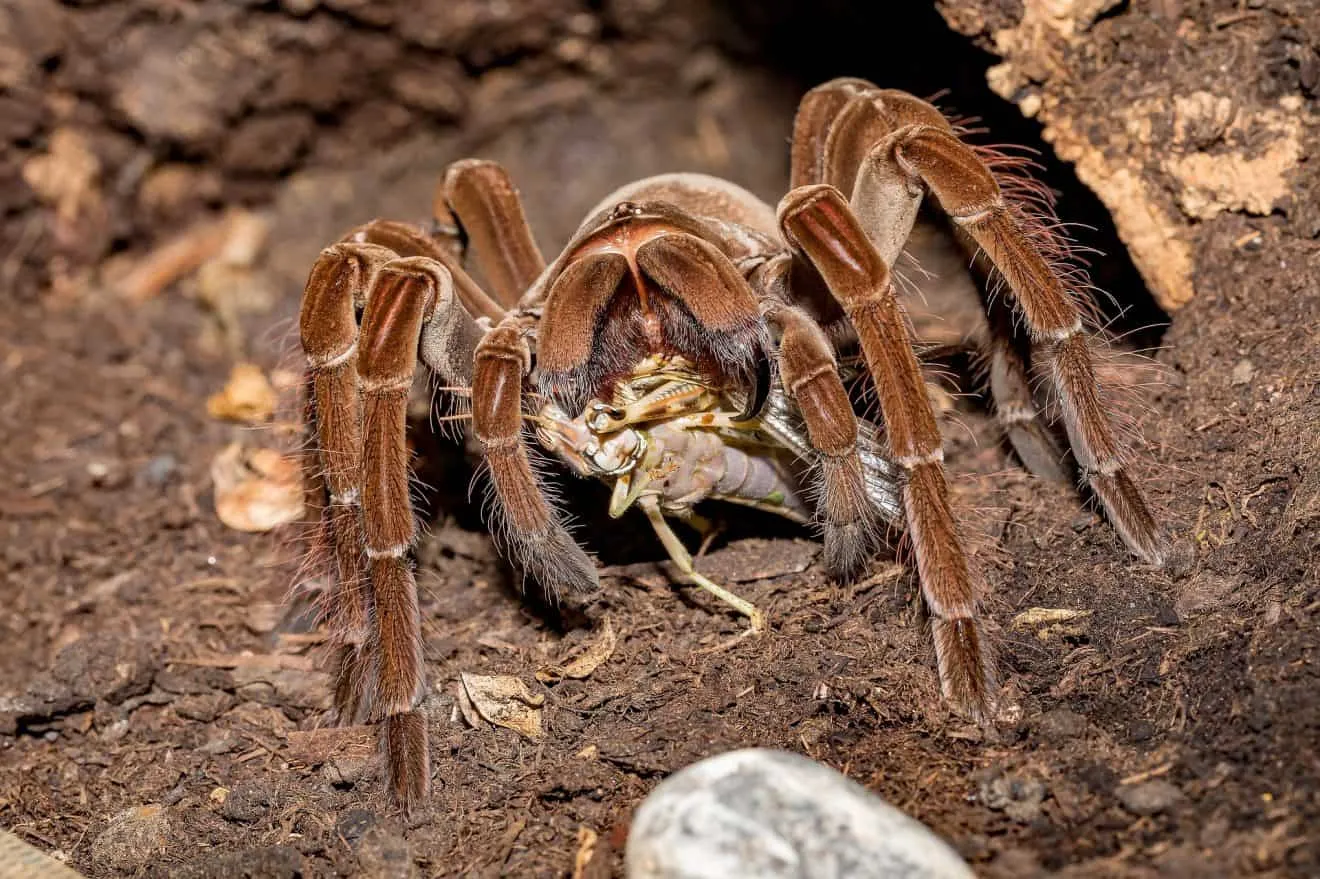
Tarantulas have a good amount of protein, which is vital for maintaining overall health. Protein is essential for building and repairing tissues and cells, making it an important nutrient for growth, development, and daily bodily functions. The exact protein content can vary depending on the species, but it is typically significant, and can be a good addition to a varied diet. For individuals in regions where protein sources are limited, tarantulas can be a beneficial dietary element, providing an easily accessible and sustainable source of this crucial nutrient. The high protein content contributes to the nutritional value of tarantulas, supporting overall health.
Cultural Significance and Consumption
The consumption of tarantulas is a cultural practice in various parts of the world. It is not just a food source; it is often deeply embedded in the local traditions, histories, and daily lives of communities. In Cambodia, for example, fried tarantulas are a popular street food. The practice of eating them has roots in times of scarcity and famine. Today, tarantulas are an integral part of the local culinary landscape. The preparation and consumption of tarantulas often involve specific rituals, adding a layer of cultural significance to the eating experience.
Where Tarantulas are Eaten
Tarantulas are consumed in several countries around the globe, including Cambodia, Venezuela, and parts of Thailand and Vietnam. In Cambodia, the town of Skuon is famous for its fried tarantulas. These spiders are often sold as a snack and are a popular tourist attraction. In the Amazon region of Venezuela, indigenous communities have traditionally eaten tarantulas. In these regions, the consumption of tarantulas is an integral part of the local culture and provides both a source of food and a cultural experience.
Sustainability and Ethical Considerations
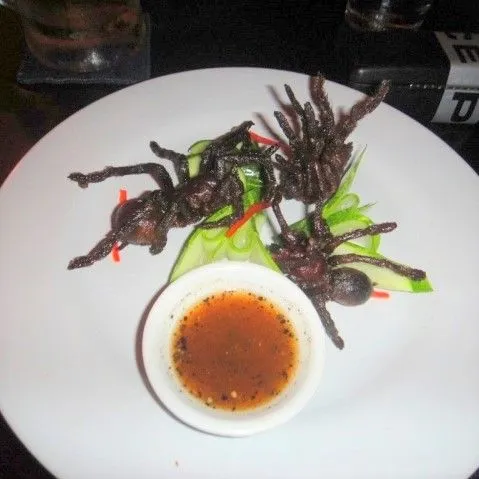
The practice of eating tarantulas raises questions about sustainability and ethics. Sustainable practices are essential to ensure the long-term availability of tarantulas for consumption. Overharvesting can lead to a decline in tarantula populations, which can have negative effects on the ecosystem. Ethical considerations also come into play, including the humane treatment of the spiders and the impact of their consumption on biodiversity. The methods used to harvest, prepare, and consume tarantulas must be mindful of the environment and the well-being of these creatures.
Overharvesting and Conservation
Overharvesting poses a major threat to tarantula populations. As demand for these spiders increases, either for food or the pet trade, unsustainable harvesting practices can lead to a decline in their numbers. Conservation efforts are crucial to protect tarantula populations and preserve biodiversity. This includes regulating harvesting practices, promoting sustainable farming, and protecting their natural habitats. Collaboration between local communities, conservation organizations, and governments is essential to ensure the long-term survival of tarantulas and maintain their ecological role.
Best Practices for Tasting Tarantula
If you are adventurous enough to try tasting tarantula, you should follow some best practices to ensure a safe and enjoyable experience. It’s important to source your tarantulas from a reputable source and ensure they are properly prepared. Always cook the tarantula thoroughly to kill any potential parasites or bacteria. Start with a small portion to see how you react to it and pay attention to the preparation methods. By following these guidelines, you can safely and enjoy the experience. The main part is enjoying the flavor and the cultural experience.
